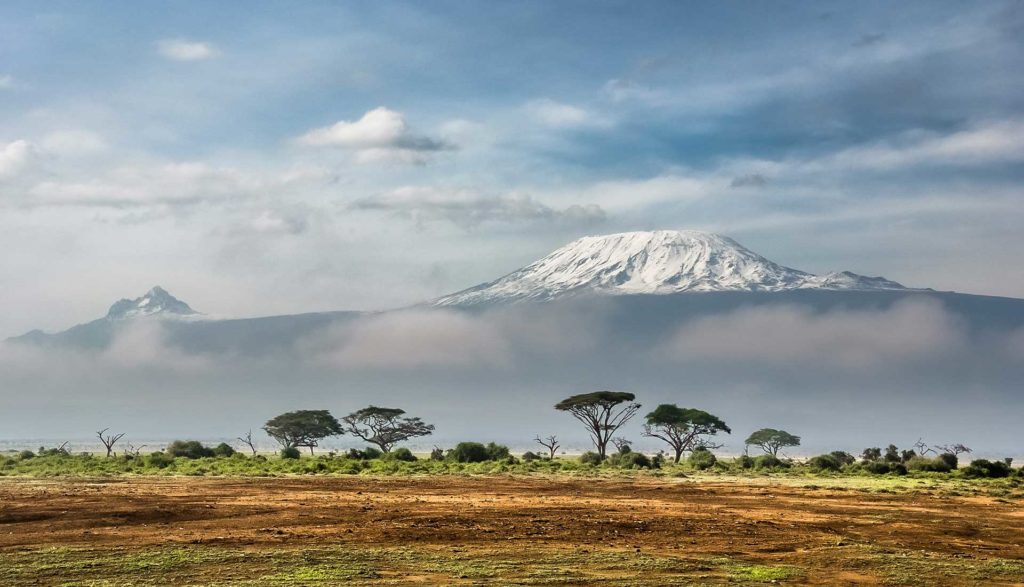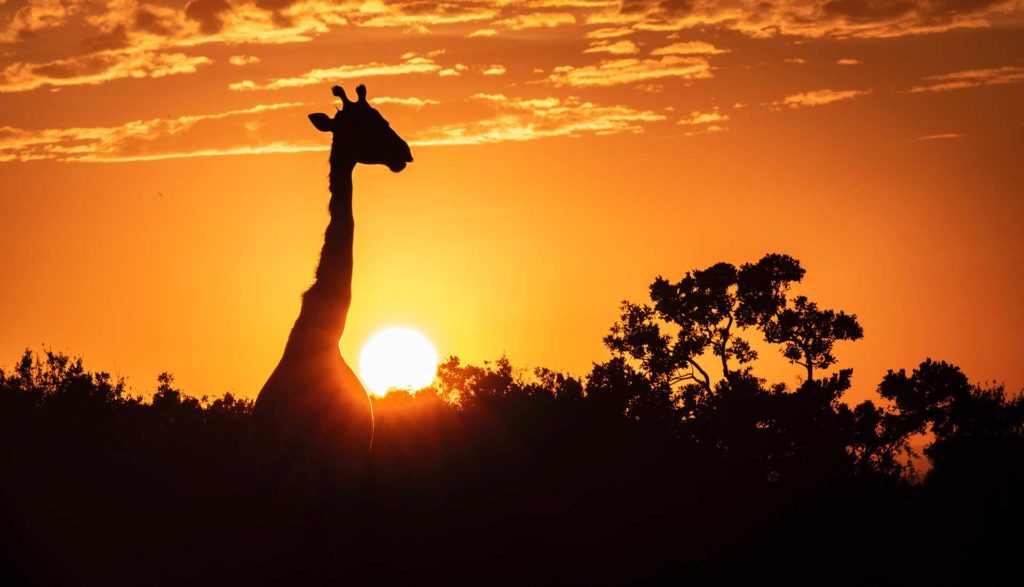Once championed as the discerning wilderness route for climbers, Machame is gaining on Marangu in terms of popularity. It’s also the second-most accessible trailhead of the non-steep routes making it more attractive to visitors. Its reputation as one of the most scenic routes is entirely justified – with the sweeping views across the Masai Steppe to Meru and the impressive Barranco Valley praised by all who climb it. Gains in popularity, however, are inevitably at the expense of total exclusivity but as the descent route is different from the ascent, climbers are only aware of the popularity when they reach camp, which means it’s infinitely quieter than the Marangu Route.
Mount Kilimanjaro – Machame Route
Tanzania
Mount Kilimanjaro
From $ 3044
PHOTO GALLERY
PACKAGE ITINERARY
VALIDITY / PRICING
01 Jan – 31 Dec 2020:
Price from: USD 3 044.00 per person sharing
Single supplement: USD 160.00
Please note:
- Extra night on climb for acclimatization USD 448.00 per person
- Public shuttle Nairobi to Moshi USD 55 per person
- Concession and park fees in Tanzania subject to change at any time
DURATION
8 days / 7 nights
SERVICES:
Our services start/end up with a pick up/drop off Kilimanjaro airport or Arusha.
INCLUDED / EXCLUDED
Phone / Whatsapp:
+27 64 530 3423
Email:
RESERVATIONS@VIBGYORAFRICA.COM
GET IN TOUCH
YOU MAY ALSO LIKE
Reputed to be the easiest of the available routes, this is without doubt the most comfortable in terms of facilities and the most convenient in terms of access. Also known as the “Coca Cola Route” because of its practicality, the Marangu Route is by far the most popular one for many climbers.
DETAILSOnce championed as the discerning wilderness route for climbers, Machame is gaining on Marangu in terms of popularity. It’s also the second-most accessible trailhead of the non-steep routes making it more attractive to visitors.
DETAILSOffering ultimate value-for-money, this tour showcases Kenya’s most famous park, the Masai Mara, before crossing into Tanzania’s mighty Serengeti National Park, the Ngorongoro Crater and Tarangire National Park. The safari accommodation features a fine selection of small tented safari camps.
DETAILS



